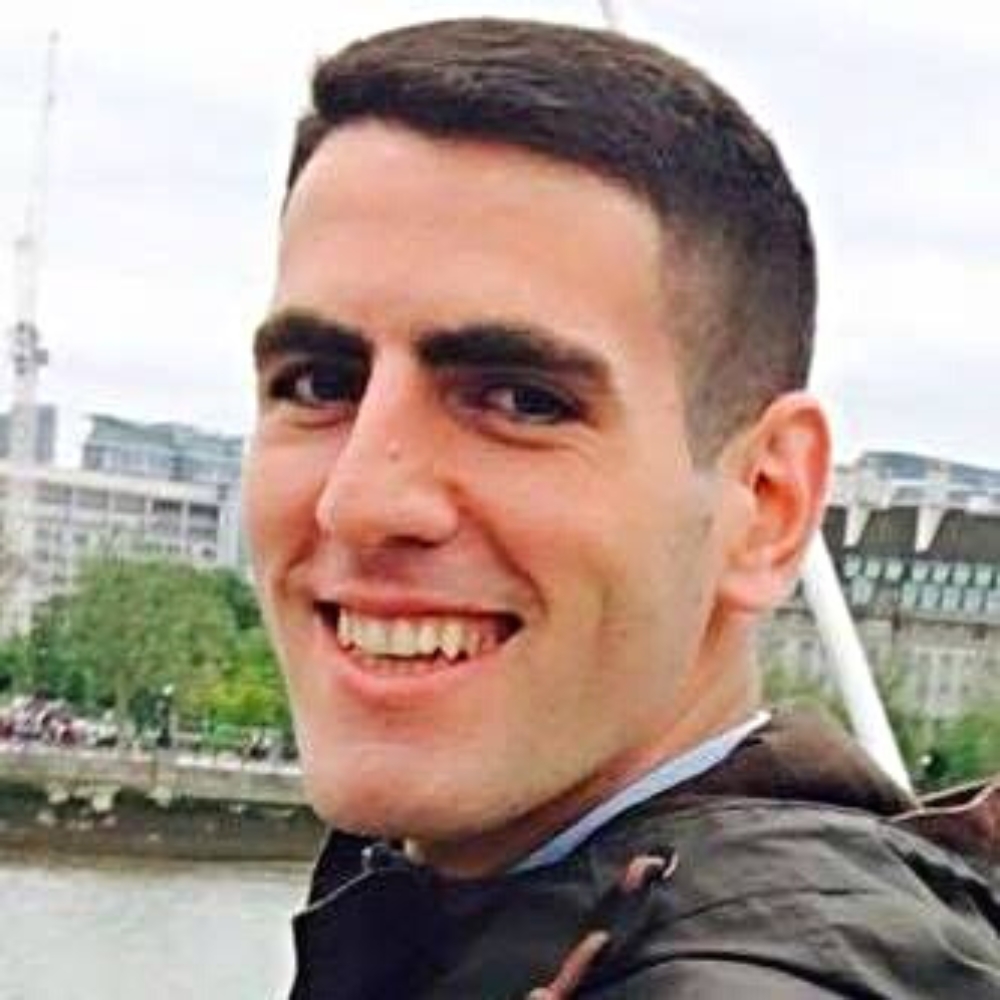Dr Drasko Kascelan

-
Email
d.kascelan@essex.ac.uk -
Location
2S2.3.02, Colchester Campus
-
Academic support hours
By appointment only
Profile
Biography
Draško Kašćelan joined the University of Essex in February 2023 as a Lecturer in Language and Communication Sciences at the School of Health and Social Care. He is a linguist by training teaching linguistics subjects in the Division for Speech and Language Therapy. Prior to Essex, he worked as a Post-Doctoral Research Fellow at the University of Leeds on the Quantifying Bilingual Experience (Q-BEx) project: https://www.q-bex.org. His research expertise and interests include bi/multilingualism, autism, autistic-like traits, and language disorders. He is leading a cross-departmental reading group Multilingualism, Language Varieties, and Neurodiversity (MuLaVaN). He is open to supervise PhD projects exploring bi/multilingualism in neurodivergent and neurotypical individuals, as well as bi/multilingualism-related topics in the context of speech and language therapy practice.
Qualifications
-
PhD Theoretical and Applied Linguistics University of Cambridge, (2020)
-
MSc Applied Linguistics and Second Language Acquisition University of Oxford, (2014)
-
Specialist of Art English Language and Literature (PGCE equivalent) University of Montenegro, (2013)
-
BA English Language and Literature University of Montenegro, (2012)
Research and professional activities
Research interests
Bilingualism/Multilingualism
Dynamic nature of bilingual/multilingual development: What are the characteristics of bilingual/multilingual development? How do bilinguals/multilinguals code-switch? How do we document bilingual/multilingual experience?
Autism
What are the features of language and cognitive development is autism? How can we improve work on autism to best serve autistic individuals?
Developmental Language Disorder
Exploration of language development and difficulties in individuals with Developmental Language Disorder.
Neurodiversity
Exploring neurodiversity perspectives in research on conditions such as autism.
Teaching and supervision
Current teaching responsibilities
-
Understanding Typical Communication (HS132)
-
Enhancing Communication for People with Developmental & Acquired Communication Difficulties (HS331)
-
Speech and Language Therapy - Paediatrics 1 (HS831)
-
Speech and Language Therapy - Paediatrics 2 (HS832)
-
Speech and Language Therapy - Paediatrics 4 (HS834)
-
Using Evidence in Health Care Practice (HS858)
Publications
Publications (6)
De Cat, C., Gusnanto, A., Kašćelan, D., Prevost, P., Serratrice, L., Tuller, L. and Unsworth, S., (2025). How detailed do measures of bilingual language experience need to be? A cost-benefit analysis using the Q-BEx questionnaire
Unsworth, S., Gusnanto, A., Kašćelan, D., Prevost, P., Serratrice, L., Tuller, L. and De Cat, C., (2025). Unpacking language richness as a predictor of bilingual children’s language proficiency
De Cat, C., Tuller, L., Gusnanto, A., Kašćelan, D., Prevost, P., Serratrice, L. and Unsworth, S., (2025). Using Q-BEx to Identify Risk for Language Impairment in Bilingual Children
De Cat, C., Gusnanto, A., Kašćelan, D., Prevost, P., Serratrice, L., Tuller, L. and Unsworth, S., (2025). How detailed do measures of bilingual language experience need to be? A cost-benefit analysis using the Q-BEx questionnaire
Unsworth, S., Gusnanto, A., Kašćelan, D., Prevost, P., Serratrice, L., Tuller, L. and De Cat, C., (2024). Unpacking language richness as a predictor of bilingual children’s language proficiency
Unsworth, S., Gusnanto, A., Kašćelan, D., Prevost, P., Serratrice, L., Tuller, L. and De Cat, C., (2024). Unpacking language richness as a predictor of bilingual children’s language proficiency
Journal articles (8)
De Cat, C., Gusnanto, A., Kascelan, D., Prévost, P., Serratrice, L., Tuller, L. and Unsworth, S., How detailed do measures of bilingual language experience need to be? A cost-benefit analysis using the Q-BEx questionnaire. Bilingualism: Language and Cognition
Zuniga-Montanez, C., Davies, C., Ligoxygakis, L., Kascelan, D. and Gonzalez-Gomez, N., (2024). How did COVID-19 affect young children’s language environment and language development? A scoping review.. Journal of Child Psychology and Psychiatry. 66 (4), 569-587
De Cat, C., Kašćelan, D., Prévost, P., Serratrice, L., Tuller, L. and Unsworth, S., (2023). How to quantify bilingual experience? Findings from a Delphi consensus survey. Bilingualism: Language and Cognition. 26 (1), 112-124
Digard, BG., Johnson, E., Kašćelan, D. and Davis, R., (2023). Raising bilingual autistic children in the UK: at the intersection between neurological and language diversity. Frontiers in Psychiatry. 14, 1250199-
Kašćelan, D. and De Cat, C., (2022). A constellation of continua. Linguistic Approaches to Bilingualism. 12 (1), 59-64
Kašćelan, D., Prévost, P., Serratrice, L., Tuller, L., Unsworth, S. and De Cat, C., (2021). A review of questionnaires quantifying bilingual experience in children: Do they document the same constructs?. Bilingualism: Language and Cognition. 25 (1), 29-41
Kašćelan, D. and Deuchar, M., (2021). Introducing the special issue: interdisciplinary perspectives on code-switching. Languages. 6 (1), 19-19
Kašćelan, D., Katsos, N. and Gibson, JL., (2019). Relations Between Bilingualism and Autistic-Like Traits in a General Population Sample of Primary School Children. Journal of Autism and Developmental Disorders. 49 (6), 2509-2523
Contact
Academic support hours:
By appointment only